“Tartaric Acid 500gm” has been added to your cart. View cart
Reviews (0)
Be the first to review “Adipic Acid” Cancel reply
Shipping & Delivery
Related products
Disodium Hydrogen phosphate dihydrate
Disodium hydrogen phosphate dihydrate, also known as disodium phosphate dihydrate or Na2HPO4·2H2O, is a chemical compound with the formula Na2HPO4·2H2O. It is a crystalline solid that consists of two sodium cations (Na+) and one dihydrogen phosphate anion (HPO42-) combined with two water molecules (H2O).
Disodium hydrogen phosphate dihydrate is commonly used as a food additive, buffering agent, emulsifier, and pH regulator in various industries. It has a wide range of applications, including in the production of beverages, processed foods, and pharmaceuticals. Additionally, it is utilized in laboratory settings for various chemical and biological experiments.
The compound is highly soluble in water, which contributes to its effectiveness as a pH buffer. It can act as both a weak acid and a weak base, making it useful in maintaining a stable pH level in solutions. Its versatile properties and easy availability make disodium hydrogen phosphate dihydrate a commonly employed chemical in numerous applications.
Fumaric Acid
KSh0.01
Fumaric acid is a naturally occurring organic compound with the chemical formula C₄H₄O₄. It is a dicarboxylic acid that plays a role in the citric acid cycle (Krebs cycle) in cellular metabolism. Fumaric acid is a white crystalline substance with a slightly acidic taste.
Uses:
- Food and Beverage Industry: It’s used as a food additive (E297) to enhance flavor and preserve food, especially in the production of beverages, fruit juices, and candies.
- Pharmaceuticals: It is used in the treatment of certain skin conditions like psoriasis, and as a precursor in the synthesis of certain drugs.
- Industrial Applications: Fumaric acid is used in the production of resins, plastics, and as a cross-linking agent in the manufacturing of unsaturated polyester resins.
- Cosmetics: It is sometimes included in skincare products for its mild exfoliating and skin-conditioning properties.
Glacial Acetic Acid 35kg Tech grade
Acetic acid is an organic acid with the chemical formula CH3COOH, also known as ethanoic acid. It is a colorless liquid with a pungent, sour taste and a distinctive vinegar-like odor. Acetic acid is an important industrial chemical used in the production of various products, including solvents, plastics, textiles, and food additives. It is also the main component of vinegar, which is commonly used as a condiment and preservative in cooking and food preparation.
Lactic acid food grade
Lactic acid is a chemical compound classified as an organic acid. It is a type of carboxylic acid, specifically known as 2-hydroxypropanoic acid. Lactic acid is produced in the body as a byproduct of anaerobic metabolism, primarily in muscle tissues, during periods of intense physical activity or when oxygen supply is limited. It plays a crucial role in energy production and can serve as an alternative energy source when glucose availability is reduced.
In terms of its chemical structure, lactic acid consists of a three-carbon molecule with a hydroxyl group (-OH) and a carboxyl group (-COOH) attached to the second carbon. It exists in two stereoisomeric forms: L-lactic acid and D-lactic acid. L-lactic acid is the most common and biologically active form found in humans.
Lactic acid has several industrial applications, including its use in food production, pharmaceuticals, and cosmetics. It is often utilized as a preservative, flavoring agent, pH regulator, and moisturizer. Lactic acid is also employed in various chemical processes, such as the production of biodegradable plastics and environmentally friendly solvents.
Overall, lactic acid is an important compound with diverse biological and industrial significance, contributing to various physiological processes and serving as a versatile chemical building block in numerous applications.
Malic acid 25kg
Malic acid is a naturally occurring organic compound with the molecular formula C4H6O5. It is a dicarboxylic acid that is commonly found in fruits, particularly in apples, and is responsible for their sour taste. Malic acid is also used in the food industry as a flavor enhancer, acidity regulator, and preservative. It can also be used in various other applications such as in the production of cosmetics, pharmaceuticals, and as a chelating agent in metal complexation reactions.
Sodium bicarbonate (Baking Soda)
Sodium bicarbonate, also known as baking soda, is a chemical compound with the formula NaHCO3. It is a white crystalline powder that is commonly used in baking, as a leavening agent to help dough rise. It is also used as an antacid to neutralize stomach acid and as a cleaning agent for its abrasive and deodorizing properties. In addition, sodium bicarbonate is used in various medical applications, such as in the treatment of metabolic acidosis and as a component of dialysis solutions.
Sodium citrate 25kg
Sodium citrate is a chemical compound that can be described as the sodium salt of citric acid. It is commonly used as a food additive, primarily as a flavoring agent, preservative, and pH regulator. It is also utilized in various pharmaceutical and medical applications. Sodium citrate acts as a buffering agent and emulsifier, helping to stabilize and enhance the texture of certain food products. In medicine, it is used to treat conditions such as acidosis and as an anticoagulant during blood transfusions. Overall, sodium citrate plays a versatile role in different industries due to its ability to modify acidity, improve stability, and contribute to various desirable properties in different products.
Succinic Acid 500gm
Succinic acid, also known as butanedioic acid, is a dicarboxylic acid with the molecular formula C4H6O4. It is a white, odorless solid that is soluble in water. Succinic acid occurs naturally in some fruits and vegetables and is also produced synthetically for various industrial applications. It is used as a precursor in the synthesis of various chemicals, pharmaceuticals, and polymers. In laboratories, it serves as a reagent in chemical reactions and as a component in buffer solutions due to its ability to adjust pH.

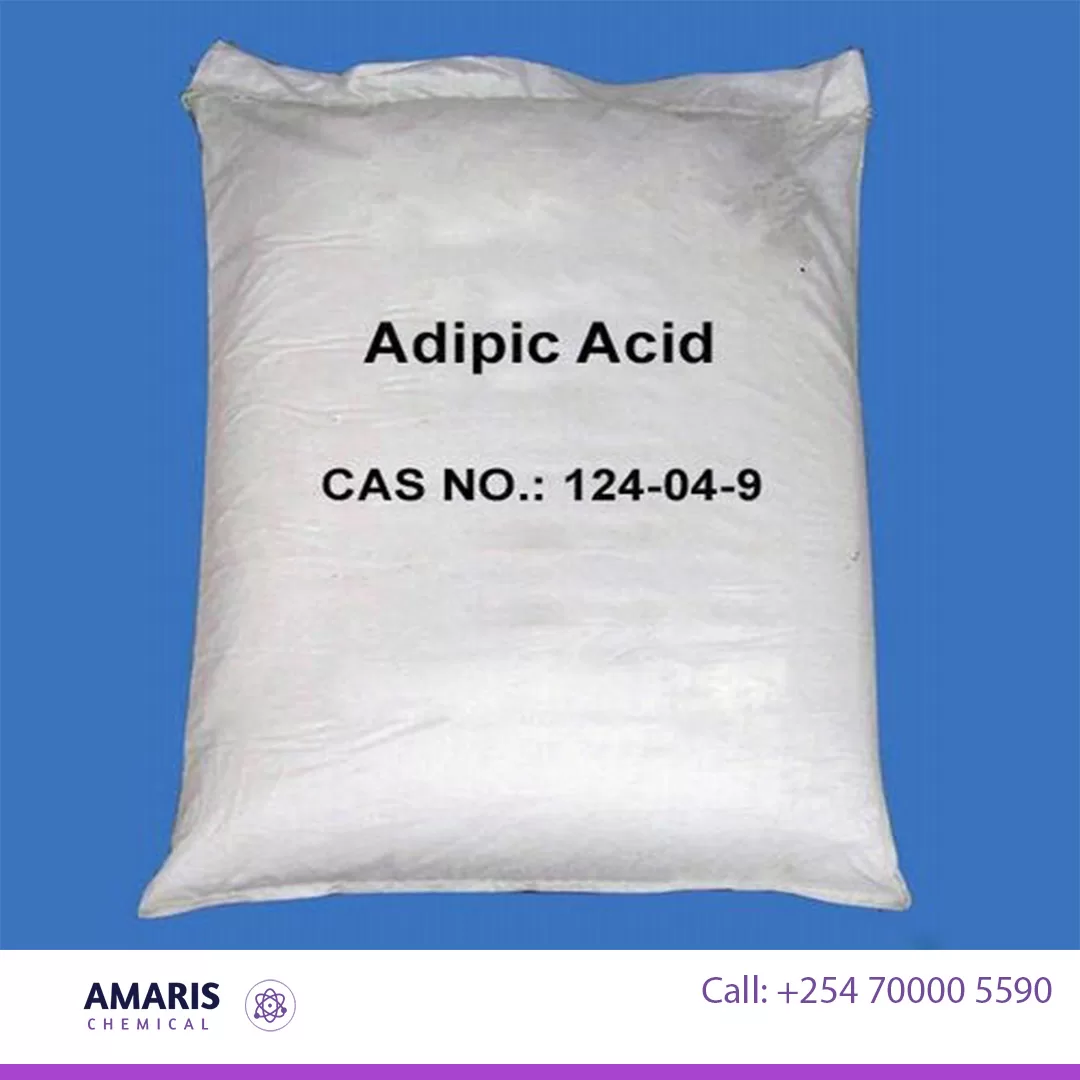

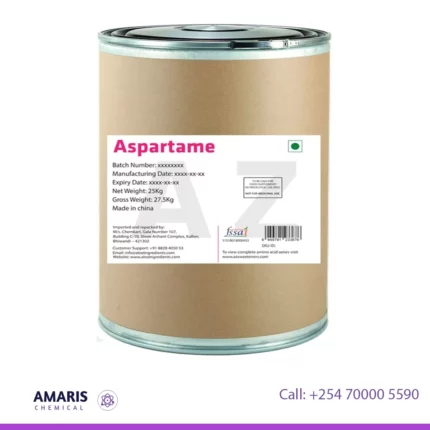

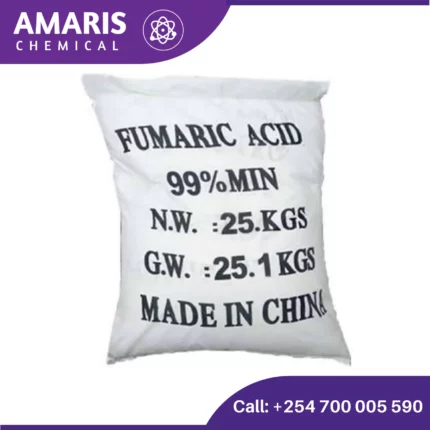
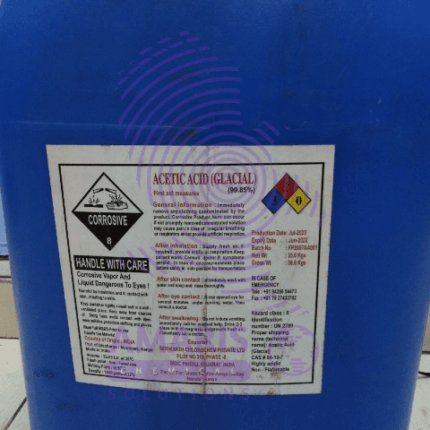

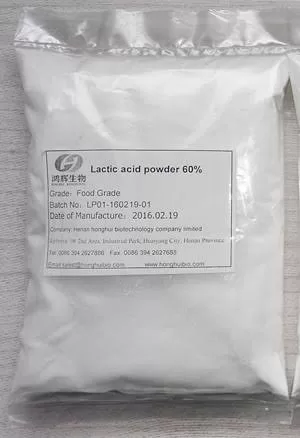
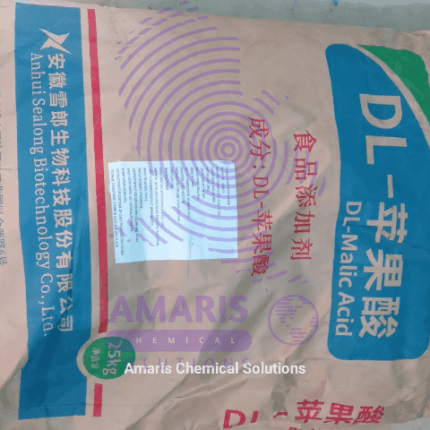
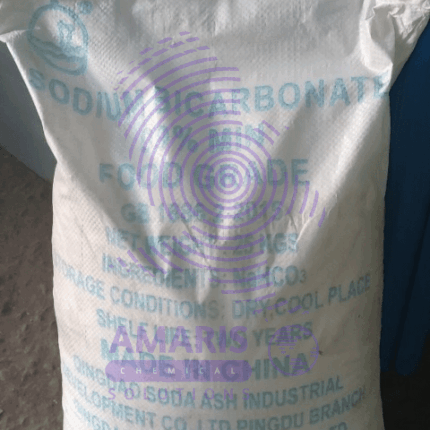
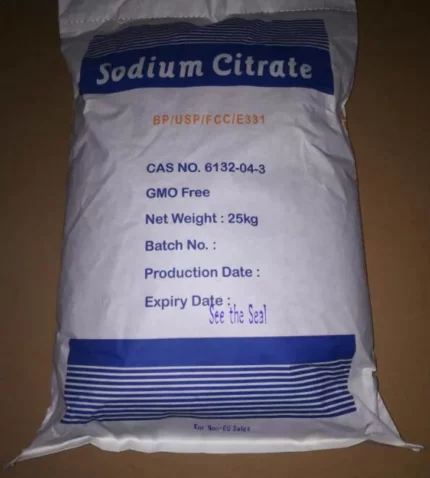








Reviews
There are no reviews yet.